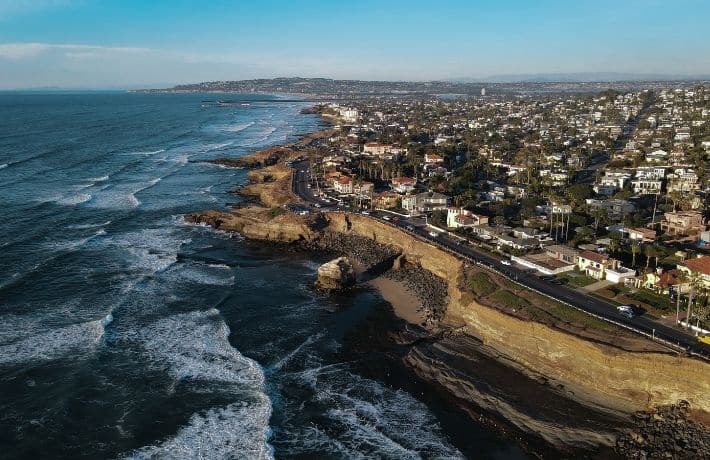A Proposed Design for Community Flood Insurance
A Proposed Design for Community Flood Insurance by Carolyn Kousky and Leonard Shabman from Resources for the Future
Many areas in the United States are vulnerable to floods. However, the purchase of flood insurance, an important contributor to community resilience, remains low. Insurance payments, unlike federal disaster aid, can provide rapid and higher payouts to households after a disaster and the pricing structure can be used to encourage investments in risk reduction. To increase insurance coverage, one idea that has been suggested is for communities to purchase flood insurance on behalf of floodplain residents.
In this new Resources for the Future report, researchers Kousky and Shabman present a detailed design for community insurance that could be attractive to some communities and be a feasible offering of the National Flood Insurance Program, private (re)insurance company or a municipal pool. The design ideas in the report are based on in-depth consultations with stakeholders.
The proposed design is grounded in principles of parametric insurance, whereby payment is based on a predefined triggering event, such as the reading on a stream gage. A benefit of a parametric design is that it simplifies the process and reduces the costs of settling claims. Administrative savings can be passed on to the community.
A community policy would provide widespread but only basic coverage. Full coverage would be secured if an individual purchased a supplemental policy. The payment required for the community policy plus the premium for supplemental coverage can be less than the cost of an individual NFIP policy.
Some of the key findings of the study, which was funded by the New York Community Trust and vetted by ASFPM, were:
People who buy insurance are
better able to recover after a
flood event because claims
payments can be larger and
timelier than relying on
federal disaster aid, but many
people at risk do not buy flood
insurance.
Community flood insurance is
a single policy, purchased by a
local governmental or quasi-governmental
body, which
provides coverage to a large
group of properties.
Community insurance can
draw on principles of
parametric insurance to
reduce costs—savings which
can be passed on to the
community.
The proposed community
policy design makes it
attractive for communities to
buy and for insurers to offer.
However, moving from
concept to implementation
will require engagement of
communities with insurers to
increase their understanding
of the concept and make
refinements where necessary.

